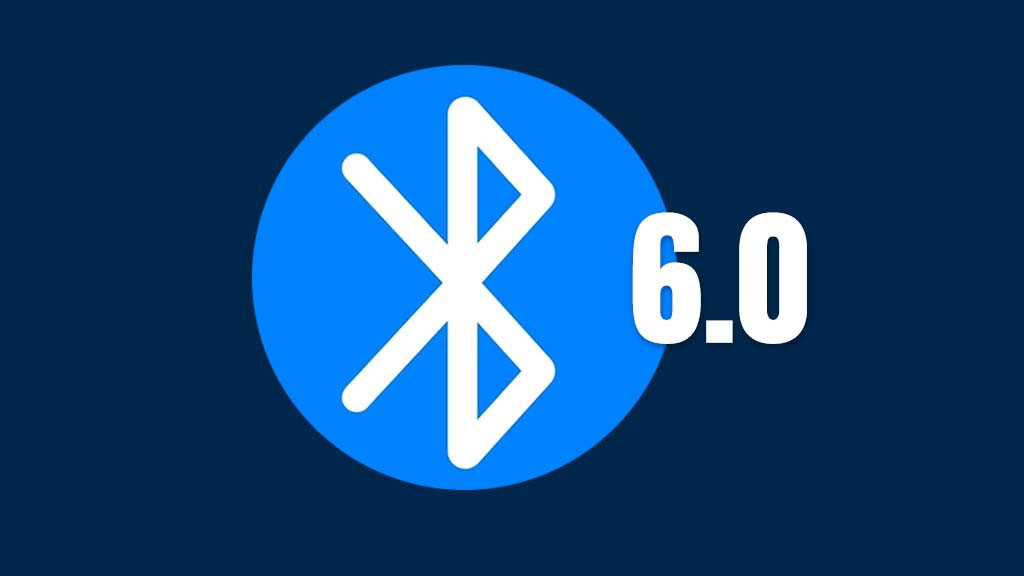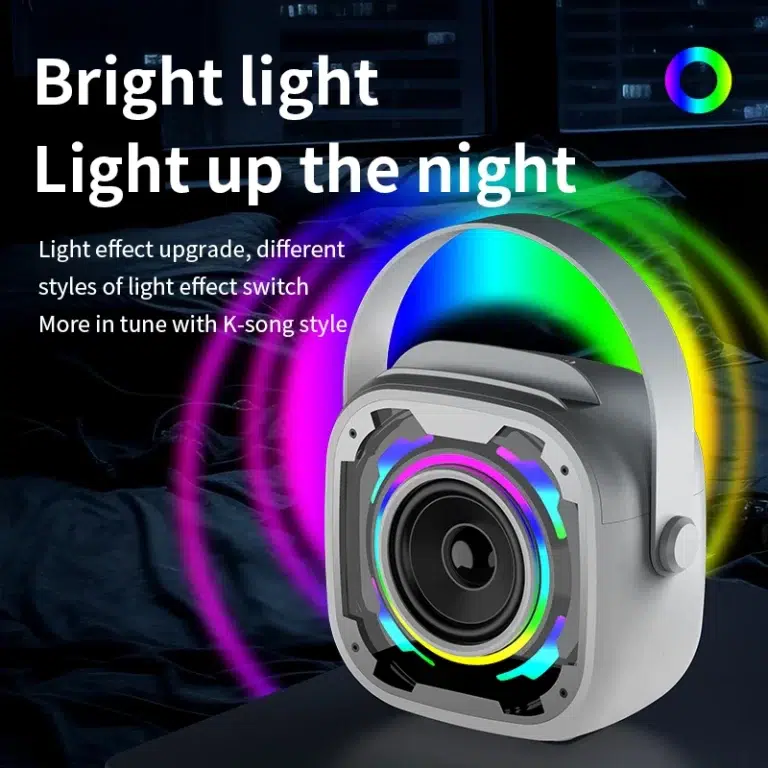The latest version of Bluetooth was released in September 2024, which includes a new feature that may benefit the “Find” application on Apple devices.
Bluetooth 6.0 introduces the “channel detection” function, which will bring “true distance sensing” to billions of Bluetooth devices and accessories in the future. The organization behind Bluetooth promises that this technology will achieve centimeter level accuracy over considerable distances, making it easier and faster for users to find lost items.
Apple has provided a “precise search” feature in the “Find” app, which uses ultra wideband technology to help users accurately locate the specific location of the selected accessory. This feature is available for iPhone 11 and later versions, and can currently be used to find AirTag or second-generation AirPods Pro charging case.
Apple can use both Bluetooth 6.0 and ultra wideband technology to improve its precise positioning capabilities. Bluetooth 6.0 has also paved the way for devices that are not equipped with ultra wideband chips, such as Siri Remote on Apple TV and devices released by other companies, to achieve accurate positioning.
It is currently unclear when the first batch of devices equipped with Bluetooth 6.0 will be released, but given that the specification has just been opened to hardware manufacturers and developers, the first batch of Apple devices that support the specification may take at least another year to be released.
The Bluetooth standard is increasingly “understanding” the precise environment around devices
The Bluetooth 5 specification was released in 2016, introducing features primarily designed for emerging IoT devices. Subsequent updates will be released in 2019, 2021, and 2023 respectively. Now, it’s time to launch a brand new version for this ubiquitous wireless connectivity standard.
The Bluetooth Technology Alliance (SIG) has just released the latest version of its core specification for wireless technology with the same name. According to the organization, Bluetooth Core Specification version 6.0 introduces new features and enhances existing ones. However, the prominent feature of this version seems to be a new option called Bluetooth channel detection.
The Bluetooth SIG claims that channel detection technology brings “true” distance sensing to Bluetooth compatible devices, which is a transformative innovation that will bring huge benefits to the wireless ecosystem. The alliance stated that with the support of a “strong” security layer, channel detection technology will greatly enhance the user experience of the “Find My” solution, enabling users to accurately locate the precise location of accessories with high precision.

Channel detection can achieve centimeter level accuracy over considerable distances. In addition, this technology ensures that only authorized users can unlock doors or enter secure areas in buildings equipped with wireless security systems. The Bluetooth SIG also emphasizes that developers will find channel detection valuable as its precise location awareness opens up countless opportunities for creating new applications.
The remaining features of the Bluetooth 6.0 standard have achieved delightful improvements in packet transmission and delivery efficiency. By utilizing decision based advertising filtering, the low-power Bluetooth extended advertising function will improve scanning efficiency by reducing the time spent scanning auxiliary channels.
In addition, when the host cannot determine whether the device is still within range, monitoring the advertiser function can improve energy efficiency. The isochronous adaptation layer enables larger data frames to be transmitted with smaller link layer packets, and the new frame mode should reduce latency and improve the reliability of sensitive applications such as audio peripherals.
The Bluetooth Association emphasizes its ability to regularly update and introduce new features and improve Bluetooth standards. However, what the organization has not addressed is the time required for these advances to appear on the devices and accessories that consumers actually purchase. Therefore, although these updates are promising, it may take several years for Bluetooth 6.0 functionality to be widely used in consumer products. Please control your expectations now.
New features of Bluetooth 6.0 version
This article focuses on introducing new and enhanced features that developers can utilize when building using the new version of Bluetooth Core Specification.
Bluetooth channel detection: This innovative technology brings true distance sensing and revolutionary advantages to various applications. The user experience of the ‘Find My’ solution can be greatly improved, making it easier and faster to locate lost items. In the digital key solution, Bluetooth channel detection will add a powerful layer of security protection, ensuring that only authorized users within a specified range can unlock doors or enter secure areas. In addition, by injecting true distance sensing capabilities into billions of everyday devices, Bluetooth ® Channel detection opens up an infinite world of possibilities for developers, allowing them to freely imagine and create innovative experiences, thereby continuing to enhance our connections with devices, each other, and the surrounding world.
Decision based advertising filtering: The Bluetooth Low Energy (LE) extended advertising feature supports the transmission of a series of relevant data packets on the primary and secondary radio channels. Decision based advertising filtering allows scanning devices to use the content of data packets received on the main advertising channel to determine whether to scan relevant data packets on the auxiliary channel, thereby improving scanning efficiency by reducing the time spent scanning data packets on the auxiliary channel that may not contain PDUs related to the application.
Monitoring advertisers: The host component of the observer device can instruct the Bluetooth LE controller to filter duplicate advertising data packets. When this type of filtering is active, the host will only receive a single advertisement packet from each unique device (in this context, depending on the definition of unique devices in the Bluetooth core specification). This improves the efficiency of the host, but the disadvantage is that when the situation requires the observer device to try to connect to the device now, the host cannot know if the device is still within range. This may result in the observer wasting energy performing high duty cycle scans on previously discovered devices that are no longer within range. The new monitoring advertiser feature uses Host Controller Interface (HCI) events to notify hosts when relevant devices enter and leave range.
ISOAL Enhancement Function: The Isochronous Adaptation Layer (ISOAL) enables larger data frames to be transmitted in smaller link layer packets and ensures the reconstruction of relevant timing information required for the receiver to process data correctly. ISOAL can generate frame or non frame PDUs based on certain variables. If a frame PDU is generated, the delay may increase. In Bluetooth Core Specification version 6.0, ISOAL has been improved by defining a new frame pattern that can reduce latency for use cases that are particularly sensitive to this issue. The same function can also improve reliability.
LL Extended Feature Set: With this advancement, devices can exchange information on the link layer functions they support. This feature has been enhanced to support more functions, which has become necessary as the complexity and versatility of Bluetooth LE continue to increase.
Frame Interval Update: Early versions of the Bluetooth Core specification defined a constant value to separate the time of adjacent packet transmissions in connection events or Connected Sync Stream (CIS) sub events. This value is specified as T_IFS in the specification, with a fixed value of 150 µ s. In Bluetooth Core Specification 6.0, the frame interval used in connected or already connected synchronous streams is now negotiable and can be shorter or longer than 150 µ s.



